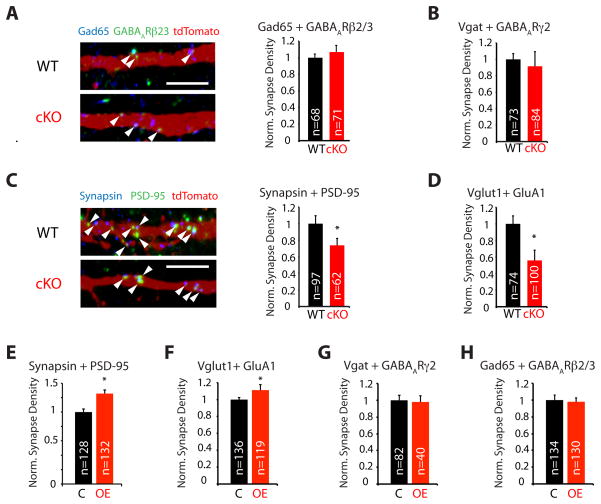Figure 3. Npas4 regulates excitatory, but not inhibitory, synapse number in SST neurons.
Synapse assays in E16.5 mixed cortical cultures immunostained for pairs of pre- and post-synaptic markers. Synapse density was determined by quantifying colocalized puncta of pre- and post-synaptic markers that overlap with either tdTomato- (A–D) or GFP- (E–H) positive SST neuron dendrites (A, C: Arrowheads indicate synapses, scale bars = 5 μm). Data were normalized to the mean synapse density in each control condition, data represent the mean + SEM of 3 bioreps (* = significant change, p < 0.05). A–D) cKO of Npas4 in SST neurons reduces the number of excitatory but not inhibitory synapses formed onto Npas4 cKO SST neurons. Cultures were prepared from littermate Npas4 WT or cKO embryos heterozygous for alleles of SST-Cre and Cre-inducible tdTomato. (A) Inhibitory synapse markers GABAAR β2/3 (green) + Gad65 (blue) and (B) Vgat and GABAARγ2, (C) Excitatory synapse markers PSD-95 (green) + Synapsin (blue) and (D) Vglut1 + GluA1. E–H) Overexpression of Npas4 in SST neurons increases the number of excitatory but not inhibitory synapses formed onto SST neurons. Cultures were prepared from SST-Cre embryos, infected at DIV 4 with lentiviral constructs driving in a Cre-dependent manner the expression Npas4 and GFP (OE) or only GFP (C) and maintained until DIV 8. (E) Excitatory synapse markers PSD-95 + Synapsin and (F) Vglut1 + GluA1, (G) Inhibitory synapse markers Vgat + GABAAR γ 2 and (H) GABAARβ2/3 + Gad65. (See also Figure S3)

